World Artists and their Story, 21 - Constant
World Artists and their Story, 21 – Constant
New Babylon is a future metropolis that would be built particle to particle above the Earth’s surface. It would be the living space for the Homo Ludens, the man of the future, who would thus shape his life and surroundings.
There are two major exhibitions about Constant’s work. The first, on New Babylon, takes place in the Gemeentemuseum in The Hague and is about the long period – about eighteen years – that Constant worked on the project. The exhibition at het Cobra Museum is about the journey towards it, the time between Cobra, of which he was one of the important members, and New Babylon.
The ultimate freedom
We know the Rivers of Babylon by Boney M. By the rivers of babylon, there we sat down, Ye-eah we wept, when we remembered zion. And the Tower of Babel that was never finished and where the Babylonian confusion comes from. And of course, the hanging gardens that hung above the banks of the Euphrates.
Babylon perished because of too high expectations and pride, but for New Babylon Constant saw no problems. In New Babylon there was the ultimate freedom. The homo ludens, the playing man, did not have to work. Automation had ensured this. There were no limits. New Babylon was located several meters above the ground, in the air, above the existing cities. And potentially New Babylon was even higher, orbiting as satellites around the Earth.
The free people could return to a nomadic existence and roam again. Director Benno Tempel of the Gemeentemuseum saw a relationship with the now wandering refugees. “Constant’s work is urgent and contemporary. Picasso was sagging at the end of his life, with Mondrian the reverse happened he took off. The same with Constant.”
Steel, wire and plexiglass
Constant was fascinated by the first space travel. In 1957, the Russians sent the Sputnik, the first Russian artificial satellite into space. Trudy van der Horst, the wife of Constant, also present at the preview and at the Cobra Museum, pointed to it. It was the epitome of high tech. Tempel: “He enjoys also the craft side. Constant not only has a vision, he clearly has fun in the making. It is not one-dimensional. Is it a model? Is it a sculpture? You cannot catch it. Perhaps the Internet is still the closest to what he did.”
The exhibition was previously at the Reina Sofia Museum in Madrid. Tempel: “One of the best exhibitions of recent years in Europe. We get a lot of loan requests. One of the most requested artists is Constant. That says something about the international attention and appreciation.”
The structures and constructions of steel, wire and plexiglass, with lots of ladders and wheels, were considered by Constant as incitement, suggestions. The people themselves would shape the structures further. Constant: “Everything must be possible, anything can happen, the environment is created by the activities of life and not the other way around.”
Three reconstructions
By car of Eric Wie (Cobra Museum), we went to the Cobra Museum. The final finish was done before the opening of the exhibition ‘Constant, Ruimte + Kleur’ about the period prior to New Babylon. Ludo van Halem, one of the organizers: “The war, there it’s all starting. The first step is Cobra, imaginative paintings that were inhabited by humanized animals and bestial people. Cobra ended in 1951. Then you see a turning point every two / three years. You see the evolution in thinking and finding form in Constant’s work.”
Visiting London he saw a bombed city and the start of the reconstruction. It was monotonous and boring. There had to be color and space. Through the Russian Constructivists as Vladimir Tatlin and Naum Gabo he comes in the field of architecture. The potency of aerospace is added. With plexiglass constructions he makes abstract landscapes. There is the sun, the moon, the earth and in between the abstract space landscape.
Katja Weitering of the Cobra Museum: “In 2007, Constant moved his studio. The inventory showed much unknown work. That is the basis of our exhibit. We found steel structures from 1954, abstract paintings that have never been exhibited and applied work. We’ve made reconstructions of Constants cooperation with the architect Aldo van Eyck, Gerrit Rietveld and American filmmaker Hy Hirsh. With Van Eyck he made in 1952 at the Stedelijk Museum in Amsterdam a ‘color space’, with Rietveld a model interior of a home in de Bijenkorf in 1954 and with Hy Hirsh he worked in 1958 on the film Gyromorphosis. All these projects are in the service of reconstruction and human environment.”
And except that I saw very successful steel structures and some wonderful Cobra paintings. Constant’s work fits more than ever at the present time and is of interest to a wide audience.
Catalogs
Let’s finally mention the catalogs, ‘New Babylon. Aan ons de vrijheid’ from the Gemeentemuseum, ‘Constant, Ruimte + Kleur’ of the Cobra Museum. Beautiful catalogs. Tempel: “The books will stand the test of time.” And do not forget ‘CONSTANT, Spelen in een Nieuw Babylon’, a children’s book about Constant with texts by Maranke Rinck and drawings by Martijn van der Linden.
http://www.gemeentemuseum.nl/tentoonstellingen/constant-%E2%80%93-new-babylon
http://www.cobra-museum.nl/
http://ifthenisnow.eu/en/node/178122
Disclaimer: The views, opinions and positions expressed within this guest article are those of the author Walter van Teeffelen alone and do not represent those of the Marbella Marbella website. The accuracy, completeness and validity of any statements made within this article are not guaranteed. We accept no liability for any errors, omissions or representations. The copyright of this content belongs to Walter van Teeffelen and any liability with regards to infringement of intellectual property rights remains with the author.

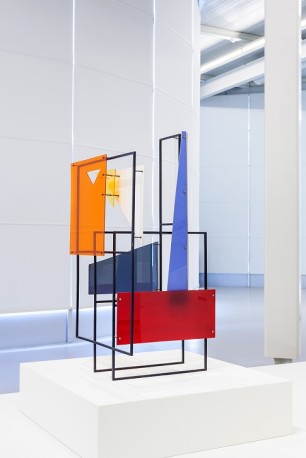
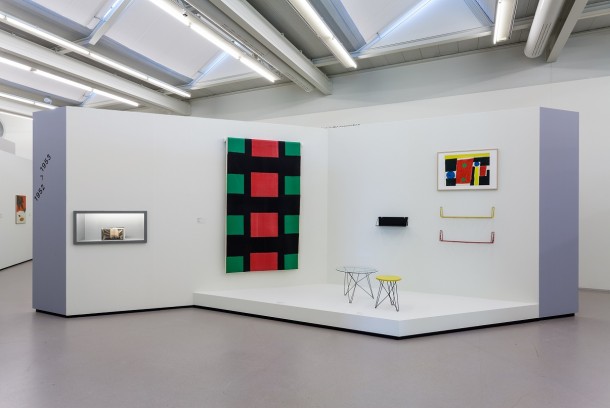
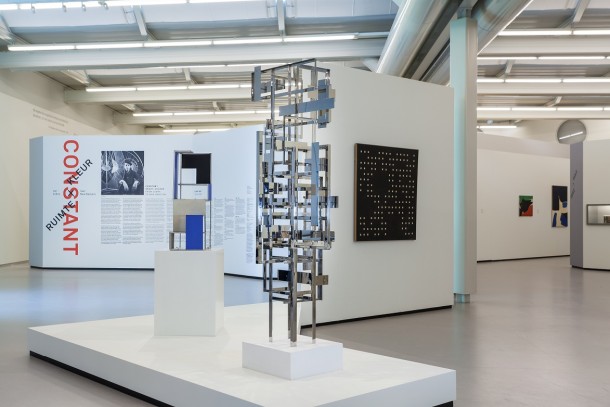
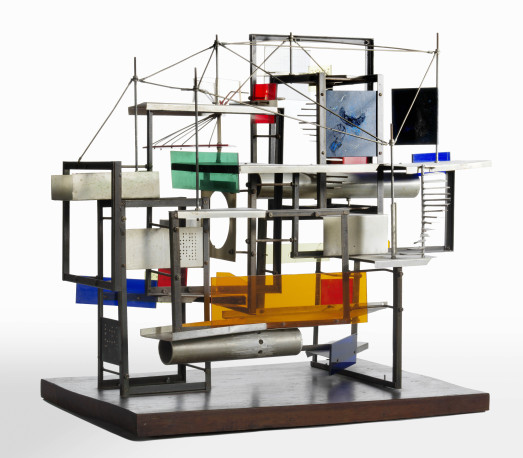
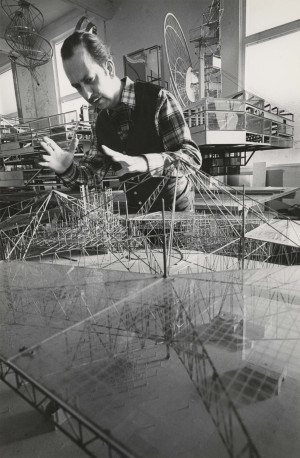

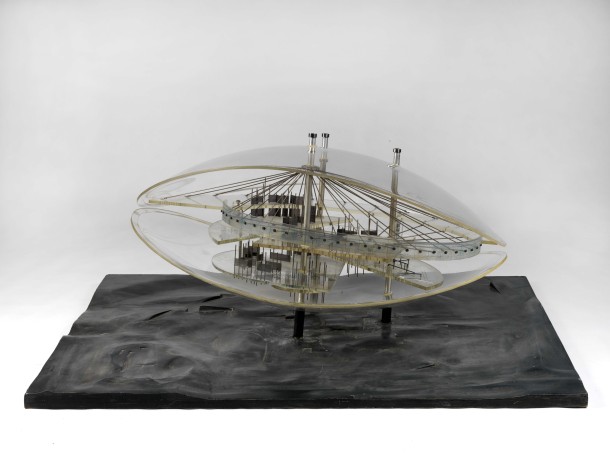

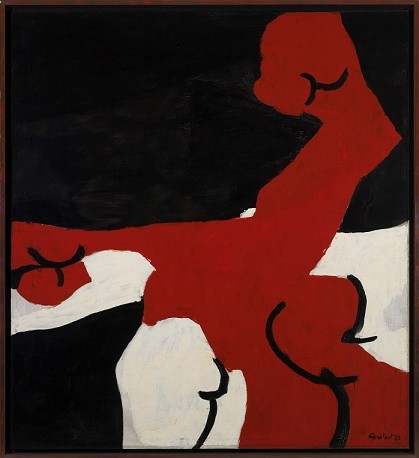
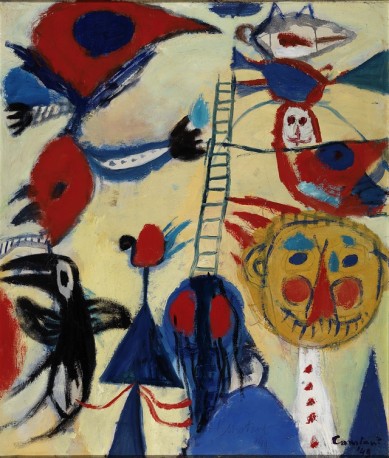














The opinions expressed by individual commentators and contributors do not necessarily constitute this website's position on the particular topic.